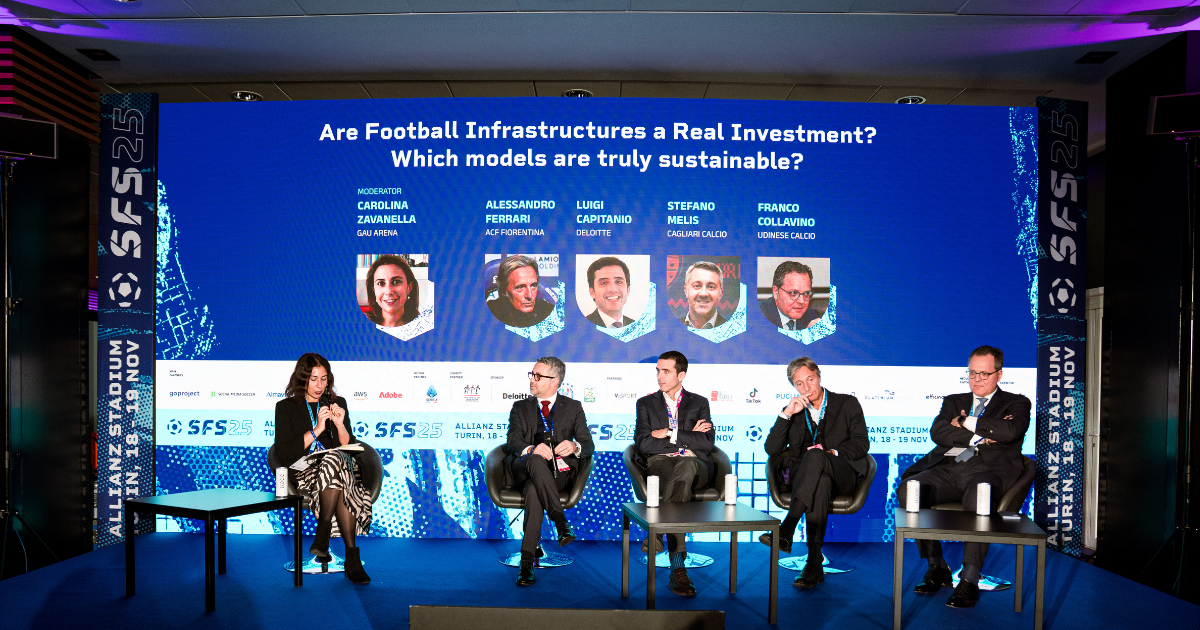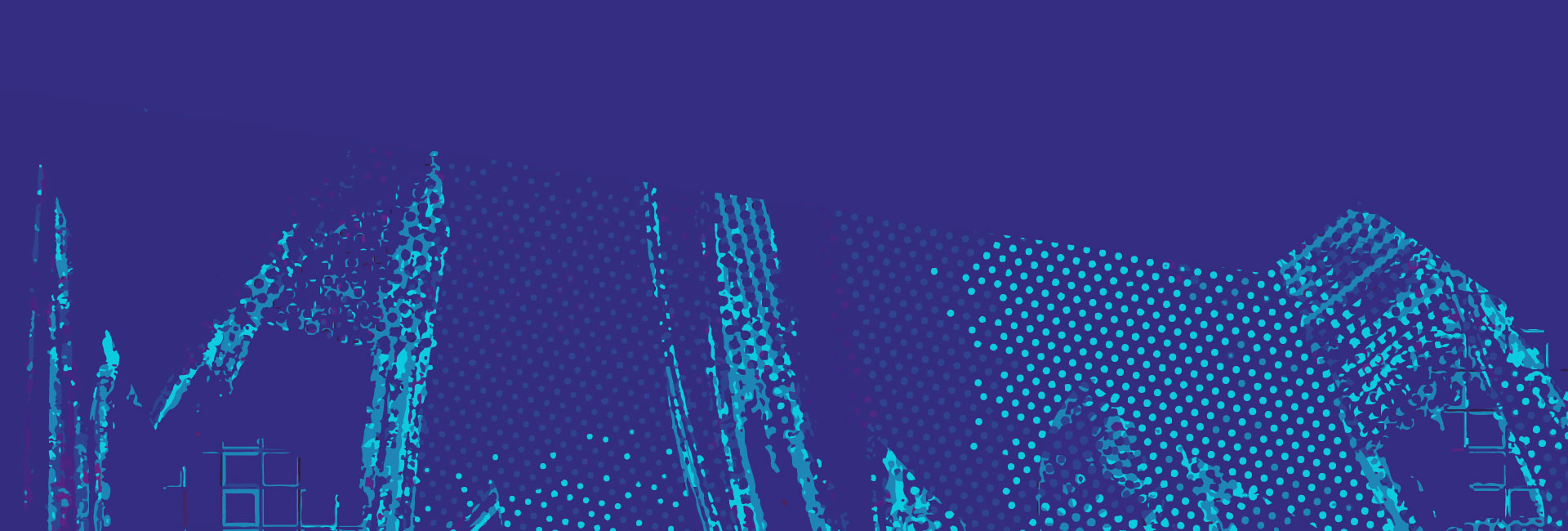
Are Football Infrastructures a Real Investment? Stadiums and Sports Centers: The Shift from Cost to Asset
The panel “Are football infrastructures a real investment?” addressed a crucial question for the future of Italian football: do investments in stadiums and sports centers truly generate value? The answer, which emerged from the discussion among experts from Deloitte and representatives of virtuous clubs like Fiorentina, Cagliari, and Udinese, was unanimous: yes, but only if integrated into a 360-degree business model. Present on stage were: Alessandro Ferrari (Fiorentina), Stefano Melis (Cagliari), Luigi Capitanio (Deloitte), Franco Collavino (Udinese), and the panel was moderated by Carolina Zavanella of Gau Arena.
Training centers: investing in human capital
The focus began with training centers, which are true talent incubators. Ferrari illustrated the case of Viola Park, stating that “It takes an incredible owner and president. The costs of Viola Park have risen from 60 million to 123 million. Maintaining the facility means spending 7-8 million a year, 7 days a week.” He added that the structure is not only designed for the team: “The cutting-edge media center is useful for hosting diverse events with heterogeneous purposes.” This multifunctionality demonstrates how the investment, although costly, can generate constant value over time.
Urban regeneration: the Cagliari and Udinese models
Cagliari’s Unipol Domus has been defined as a benchmark for Italian stadiums. Melis pointed out how an initially temporary project became a driving force for urban regeneration in the Sant’Elia neighborhood. “We focus heavily on cross-cutting sustainability and innovation. The stadium is a reference point for the community, a form of urban stitching, and a driver for regeneration.” Resilience has been a key factor: Melis noted that without solid and continuous ownership, the project, hindered by the pandemic and changes in political leadership, would have been abandoned. They have now been playing in the temporary stadium for seven years, with the legislative process of the “stadium law” stalling projects due to shifts in regional and municipal political scenes.
Collavino highlighted the promotional impact of the Bluenergy Stadium, chosen by UEFA to host the European Super Cup. “UEFA chose us because of the growth the Bluenergy Stadium has had. Such a major sporting event, with over 20 million viewers and 25,000 people in the stadium, had enormous promotional and economic benefits for the territory, along with collateral initiatives promoted by the Friuli Region.”
The golden rule: from cost to community value
Capitanio of Deloitte summarized the metrics that attract investors: “The key metrics must be distinguished between the investor as the club owner and those who believe the investment goes beyond the invested value: investments that do not go from one to many, but from one to the entire population that revolves around the stadium. One of the fundamental drivers remains the legacy for the fanbase.”
Both in the case of Cagliari (public-private model) and Fiorentina (where the stadium “is not just the team’s, but the entire city’s”), the key is a community of purpose, based not only on money but also on the cultural and sporting heritage that will last forever. The goal for the future, as Collavino concluded, is not just to import European models, but to export the Italian model based on: thinking big, with multifunctional structures that respond to the service requests of the territory, and facilities operating 365 days a year. Strong, determined ownership with passion, heart, resilience, constancy, and concreteness, and the ability to understand the territory’s demands, are essential. One thing is certain: modern stadiums and sports centers are much more than simple arenas for football; they are engines of urban regeneration and true economic assets.



